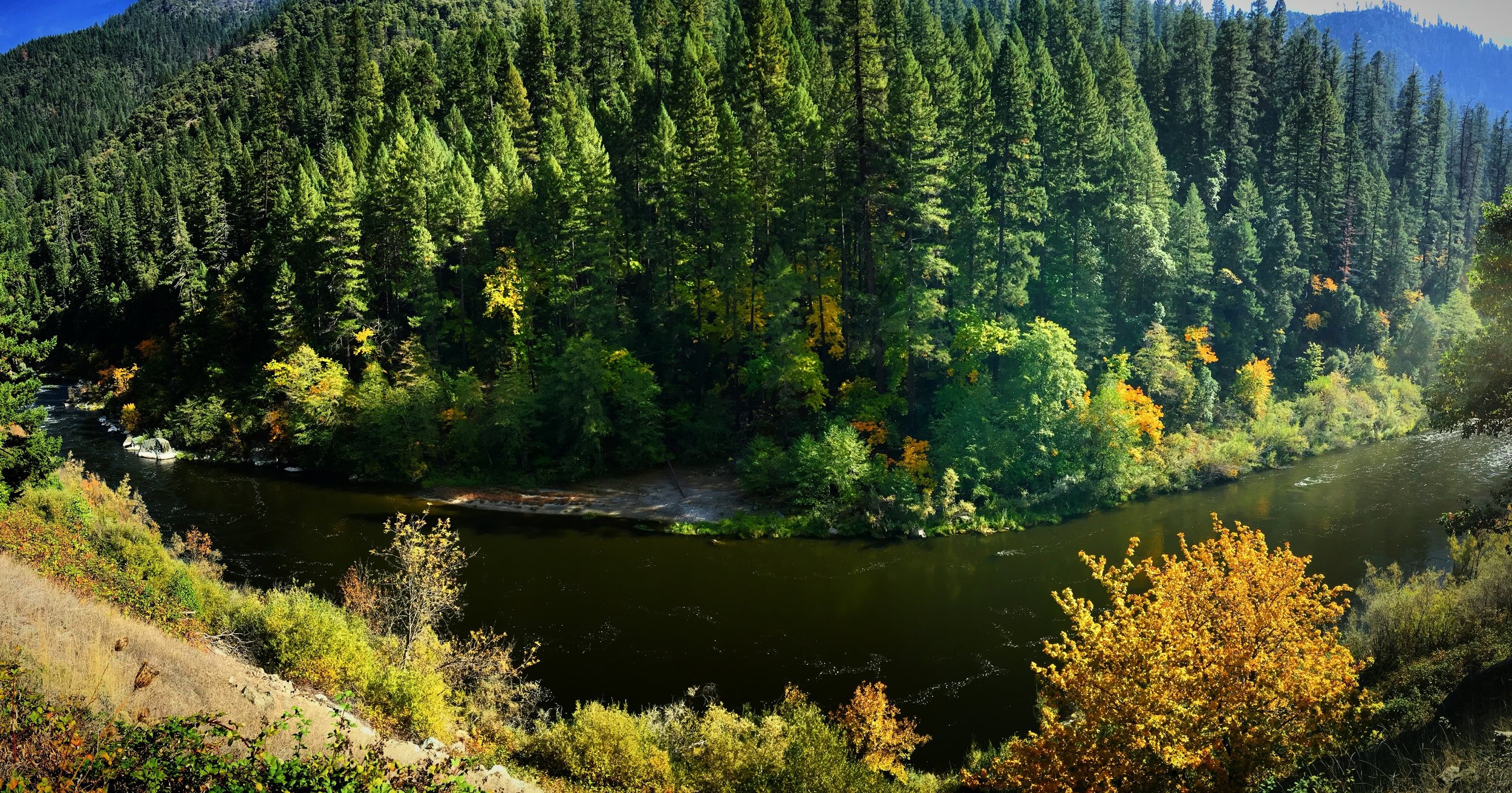Plants
The PLANTS PROGRAM emphasizes the restoration and preservation of native plants through education and targeted removal of invasive plant species, leading to a better understanding of the importance and diversity of plants around us.

Plants and People
Involving people in MKWC’s plants projects provides benefits to both the plants and the people. Plants thrive when cared for and people thrive with educational experiences.
MKWC works in the heart of the Klamath-Siskiyou ecoregion, a global center for biodiversity. The plant communities here are unique, found nowhere else in the world. Invasive species threaten biodiversity and ecosystem resilience, engaging many eyes to watch for invasive species helps protect the benefit of biodiversity. MKWC brings people to new places for restoration workdays and wildflower walks; and brings new places to people by sponsoring several native plant pollinator gardens at community and school gardens up and down the river, highlighting the importance of the monarch butterfly and other pollinating insects. Learn more about monarch butterflies.
Check out KHSU’s radio feature on the pollinator garden at the Forks of Salmon Elementary School.

Regional Coordination
MKWC works with partners through the Klamath Alliance for Regional Invasive Species Management (KARISM) to conserve native plant species and communities through the management of invasive species in the Klamath Region of California. The Klamath Region of California warrants its own invasive species management area due to considerations unique to the Klamath Mountains such as remote location, ecological diversity, rugged terrain, and tribal sovereignty. This group promotes a non-chemical approach to invasive species management in respect to Tribal ordinances against herbicide use.

Invasive Species Management
MKWC focuses on the inventory, mapping, and non-chemical removal of isolated and leading edge populations of highly invasive plants. This important work is supported by the Six Rivers and Klamath National Forests, significantly through Burned Area Emergency Rehabilitation following wildfires. To learn how to identify high-priority invasive plants, view the identification guide below.
A guide to identifying and learning about the most challenging invasive plants of the Mid Klamath area.

Native Plants Restoration and Conservation
MKWC works to restore native plant communities at fisheries off-channel habitats, forest restoration projects, and in areas impacted by fire. MKWC collects local native grasses and flowering plants to direct sow at restoration sites and works with local nurseries to propagate native plants.

Pathogens
The mid-Klamath is at high risk of Phytophthora ramorum (sudden oak death, SOD) infestation. MKWC works with Partners, especially the Karuk Tribe, to prevent SOD establishment and monitor for SOD occurrence. Other pathogen work includes Port-Orford-Cedar root disease (Phytophthora lateralis) monitoring.